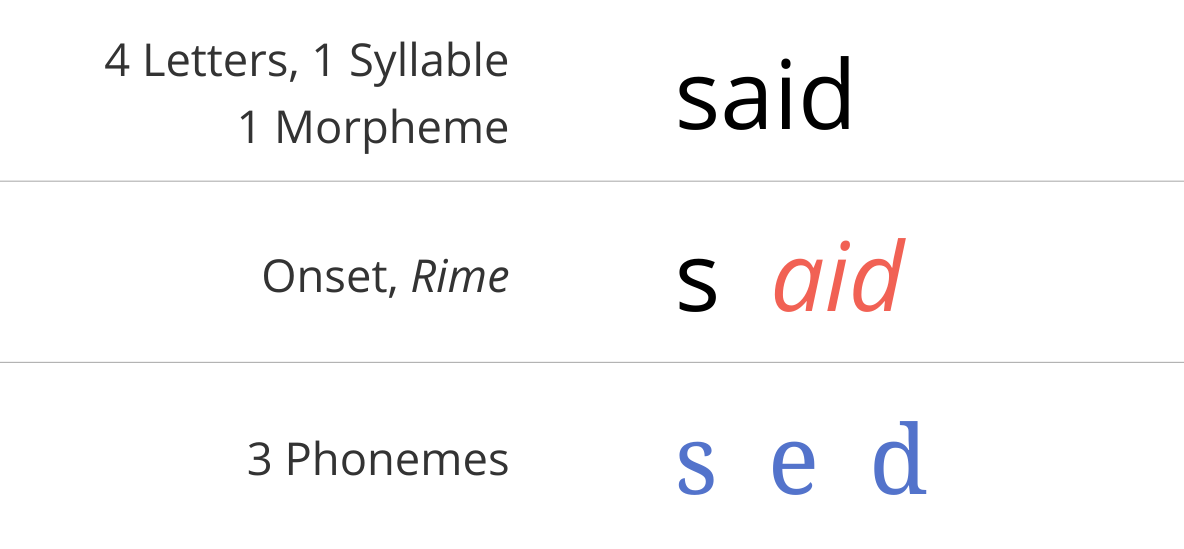Precious Holt, a 12th grader with dangly earrings and a SpongeBob pillow, climbs on the yellow school bus and promptly falls asleep for the hour-plus ride to Sandhills Community College.
When the bus arrives, she checks in with a guidance counselor and heads off to a day of college classes, blending with older classmates until 4 p.m., when she and the other seniors from SandHoke Early College High School gather for the ride home.
There is a payoff for the long bus rides: The 48 SandHoke seniors are in a fast-track program that allows them to earn their high-school diploma and up to two years of college credit in five years — completely free.
Until recently, most programs like this were aimed at affluent, overachieving students — a way to keep them challenged and give them a head start on college work. But the goal is quite different at SandHoke, which enrolls only students whose parents do not have college degrees.
Here, and at North Carolina’s other 70 early-college schools, the goal is to keep at-risk students in school by eliminating the divide between high school and college.
“We don’t want the kids who will do well if you drop them in Timbuktu,” said Lakisha Rice, the principal. “We want the ones who need our kind of small setting.”
Once again, the MMSD and State of WI are going in the wrong direction regarding education. Much more on “Credit for non-MMSD courses.
